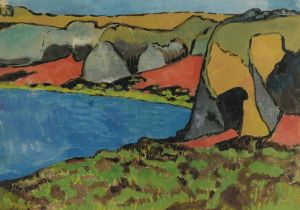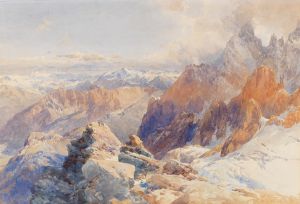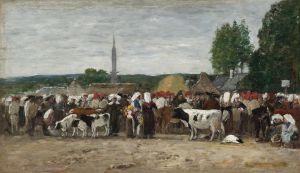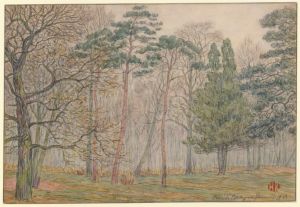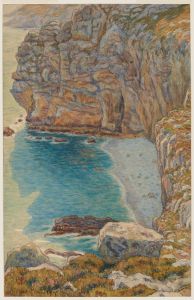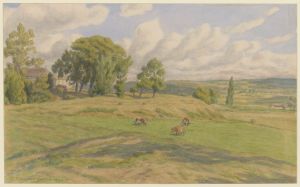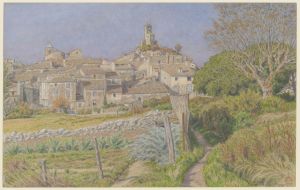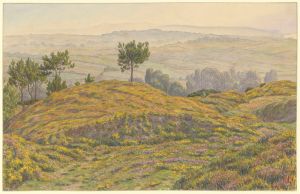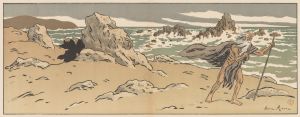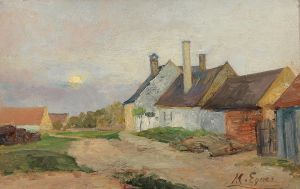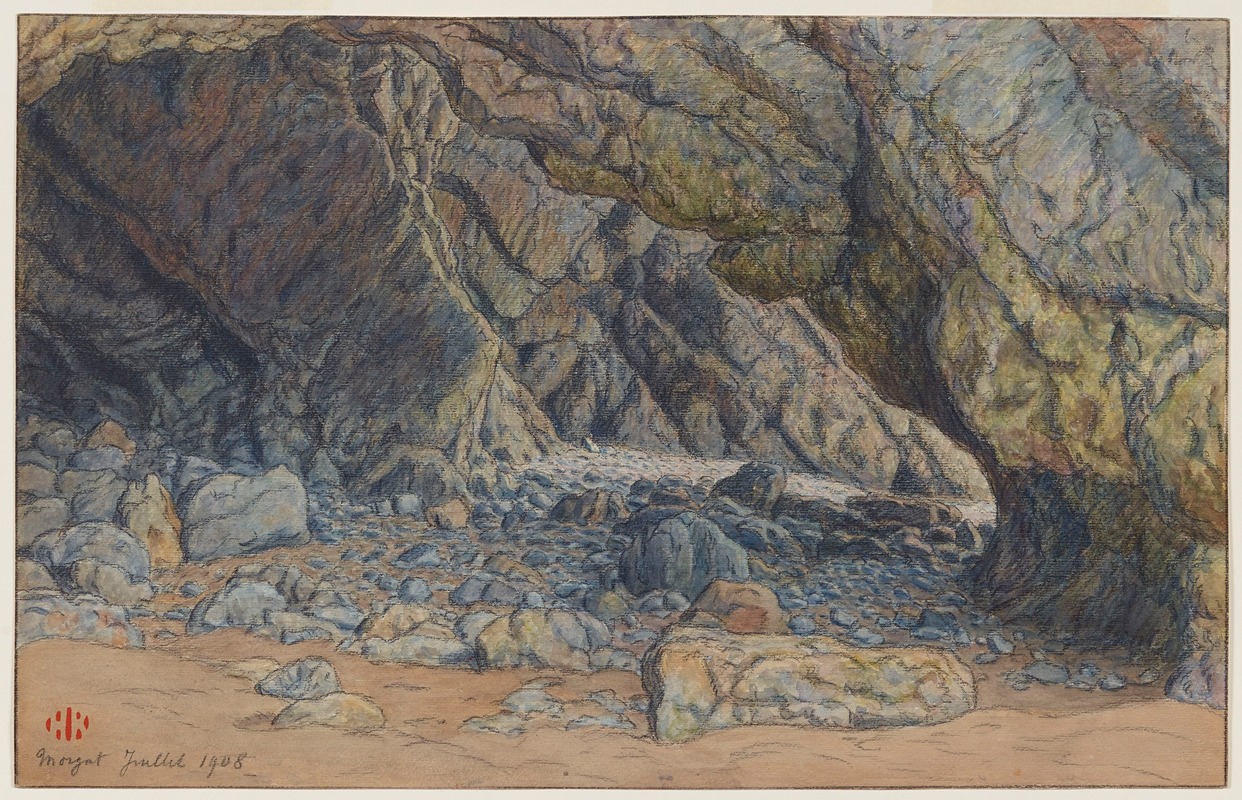
Grottes de Morgat
A hand-painted replica of Henri Rivière’s masterpiece Grottes de Morgat, meticulously crafted by professional artists to capture the true essence of the original. Each piece is created with museum-quality canvas and rare mineral pigments, carefully painted by experienced artists with delicate brushstrokes and rich, layered colors to perfectly recreate the texture of the original artwork. Unlike machine-printed reproductions, this hand-painted version brings the painting to life, infused with the artist’s emotions and skill in every stroke. Whether for personal collection or home decoration, it instantly elevates the artistic atmosphere of any space.
Henri Rivière (1864–1951) was a French artist and printmaker known for his contributions to the revival of color woodblock printing in the late 19th and early 20th centuries. He was heavily influenced by Japanese ukiyo-e prints, particularly the works of Hokusai and Hiroshige, and adapted their techniques and aesthetics to depict French landscapes and scenes. Rivière is best known for his series of prints, including "Les Trente-six Vues de la Tour Eiffel" ("The Thirty-Six Views of the Eiffel Tower"), which directly referenced Hokusai's famous series "Thirty-Six Views of Mount Fuji."
"Grottes de Morgat" is one of Rivière's works, showcasing his mastery of color lithography and his ability to capture the natural beauty of France. The title translates to "Caves of Morgat," referring to the sea caves located near the town of Morgat on the Crozon Peninsula in Brittany, France. These caves are renowned for their striking geological formations and vibrant colors, which are enhanced by the interplay of light and water.
Rivière's depiction of the Grottes de Morgat reflects his fascination with the natural landscapes of Brittany, a region he frequently visited and portrayed in his art. The composition likely emphasizes the dramatic contrasts of light and shadow within the caves, as well as the vivid hues of the rock formations and the surrounding water. His use of color and line demonstrates his skill in blending traditional Japanese techniques with a distinctly Western perspective.
While specific details about the creation or reception of "Grottes de Morgat" are not widely documented, it is consistent with Rivière's broader body of work, which often celebrated the natural beauty and cultural heritage of France. His prints were highly regarded for their technical precision and artistic innovation, and they remain significant examples of the Japonisme movement in European art.
Henri Rivière's works, including "Grottes de Morgat," continue to be appreciated for their unique synthesis of Eastern and Western artistic traditions and their ability to capture the essence of the landscapes they depict.





